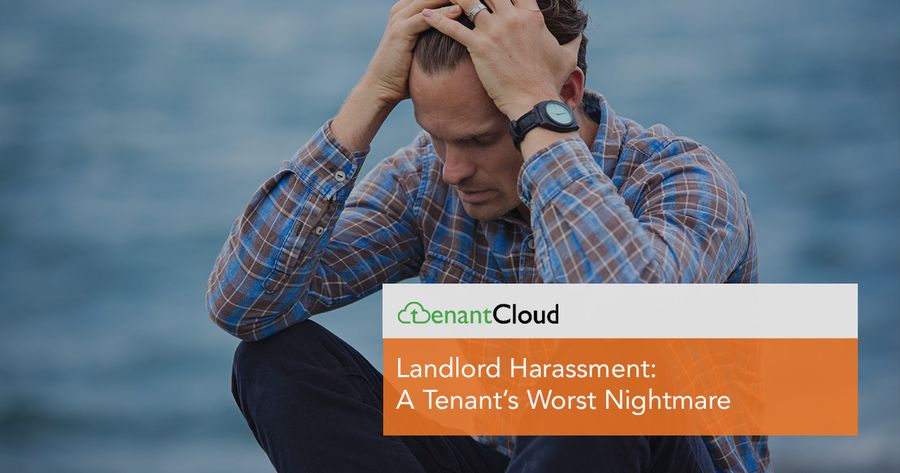Landlord harassment is an action a landlord takes to unsettle a tenant or force them to leave a rental. Such behavior is illegal and breaches landlord-tenant laws. Unpleasant stories of landlord harassment are highlighted in numerous articles and, more often, in tenant forums. Unlawful evictions, violence, and discrimination are just a few examples of harassment.
To avoid accusations of harassment and therefore "cursing out" by your tenants, take a look at some real examples of landlord harassment:
Cutting off utilities.
A landlord isn't allowed to cut off basic utilities (i.e. electricity, cold and hot water, gas, and heat) if bills are paid and there's no debt on the tenant's end. If utilities are included in the rental price, a landlord is responsible for making sure the utilities are covered and the tenants have access to common electric and water services.
Removing personal belongings.
Removing a tenant's possessions is a step toward accusations of landlord harassment. Under no circumstances should you illegally evict a tenant by throwing out their belongings or changing the locks to push the tenant out of the rental property.
Being violent or using physical threats.
Another form of landlord harassment is physical or mental intimidation. By using threats or assaults, the landlord only makes things worse. Tenants can easily file complaints against their landlord if they become victims of harassment.
Related: What Are My Rights As A Tenant Or What A Landlord Should Allow In A Rental

Increasing rent without warning.
Raising rent is sometimes inevitable, but remember that you cannot increase rent without a notice sent to the tenant beforehand. Otherwise it is considered a breach of tenancy and can be identified as landlord harassment.
Harassment because of race, gender, or sexuality.
You cannot make your tenants leave the property or treat them disrespectfully if you don't agree with their religious beliefs or sexual preferences. Discrimination on the basis of gender, religion, race, or sexuality is illegal in all states.
Entering the rental without permission.
Entering your tenant's home without warning is acceptable only in emergencies. In any other cases, you cannot just visit your tenant anytime you wish. A notice or a phone call is needed prior to entering your tenant's rental.
Sexual harassment.
Any comments of a sexual nature, requests for sexual favors, or inappropriate behavior towards the tenants is identified as sexual harassment.
Refusing to resolve maintenance issues.
A landlord can refuse to make repairs or contact a service professional. This is also a type of landlord harassment that requires legal actions to be taken.
To stop landlord harassment, a tenant's best bet is to keep all communications in writing and contact a tenancy relations officer in the event of obvious landlord harassment.
What is your stance on landlord harassment? Share your thoughts in the comments section below. :)
How To Deal With Difficult Tenants: 5 Successful Landlord Tips And Tricks
4 Ways To Improve Your Tenant Experience: Free Property Management Software And Others







